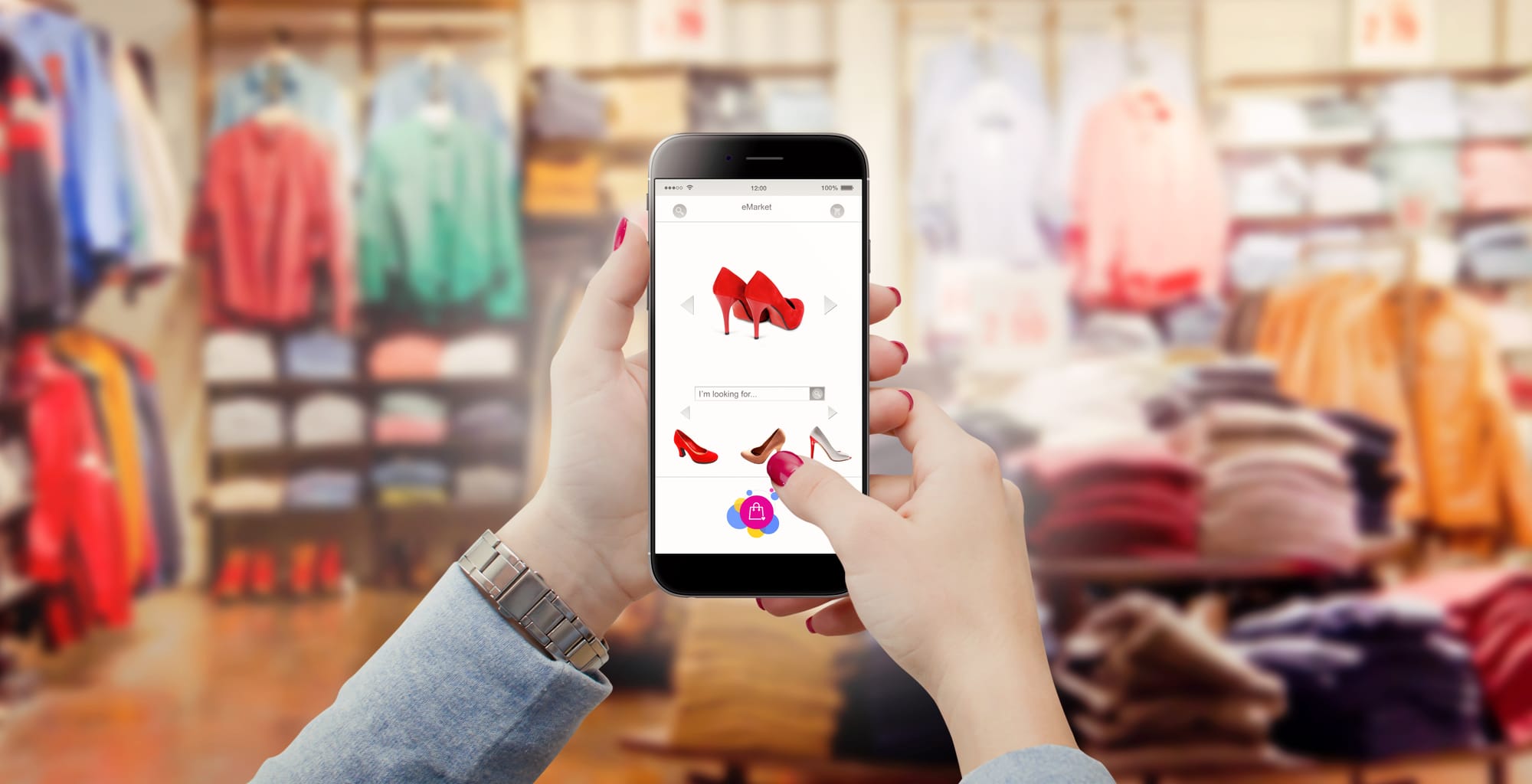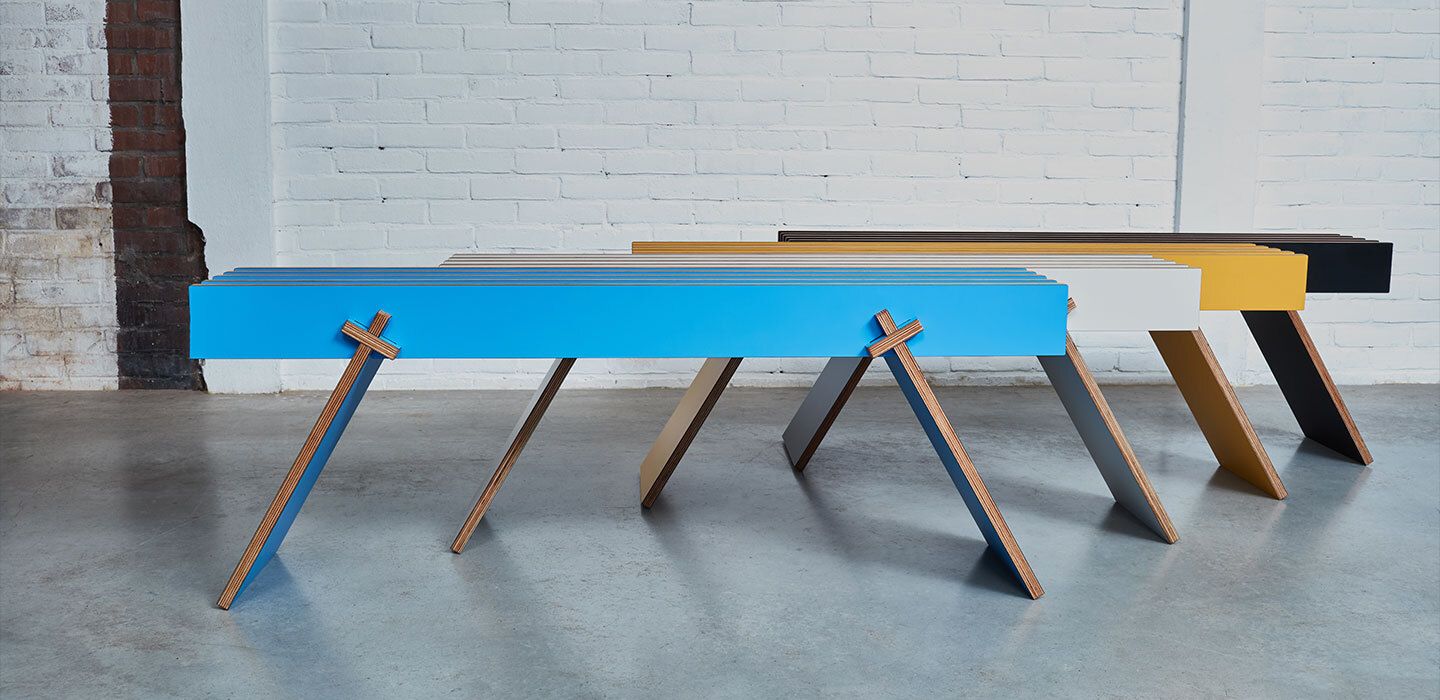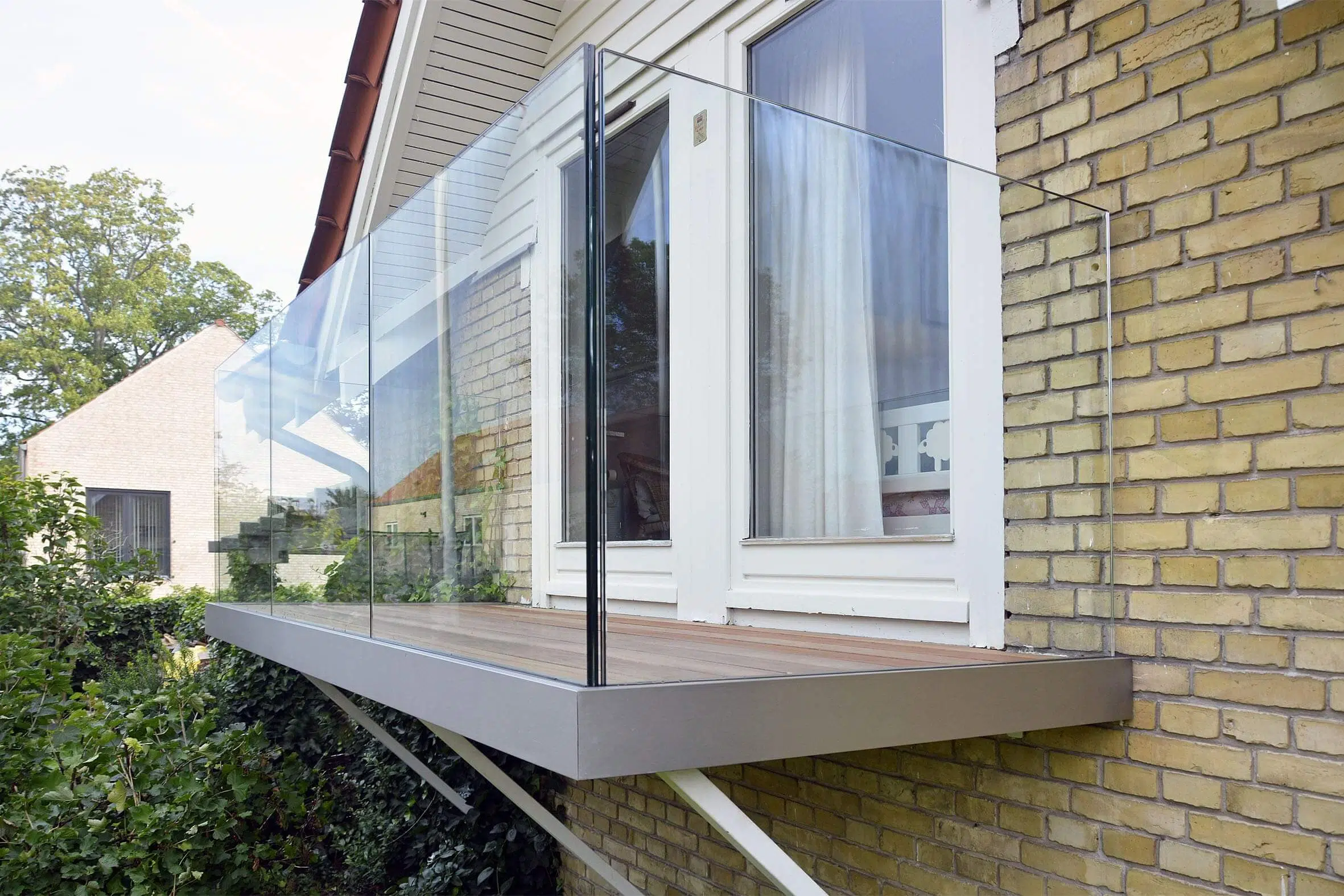Why Salsita 3D Configurator Fits WooCommerce and WordPress
WooCommerce is a popular open-source eCommerce plugin for WordPress. Here's why Salsita 3D Product Configurator is better.

The eCommerce industry provides plenty of opportunities for businesses to get their products in front of more customers. But what if your products are complex or need to be customized? The solution can be found in a product configurator.
According to Markets and Markets, the 3D rendering software industry, which includes architectural and product visualization, is expected to grow to $2.92B by 2022. Offering visitors the ability to customize their products can remove some of the doubt they might have about whether or not they’re choosing the right item.
Businesses that want to offer such configuration will need to analyze various technical solutions to determine what works best for their brand. In this article, we’ll discuss some factors to consider when choosing a product configurator and compare two options you can add to your eCommerce store.
3D Product Configurator Benefits
Before diving into what you should consider, here are some of the reasons you may want to have a product configurator in the first place.
Visualize products and improve understanding
By providing a visual aid for your products, you can improve your customers’ understanding of what a product looks like and how it fits into different scenarios. Customers can see in real-time how a product meets their objectives and make better decisions about whether they should purchase it.
Improve engagement and conversion
Giving customers the ability to modify and make alterations to products is a great way to improve engagement. For example, customers may enjoy trying out products in a specific room by using a furniture configurator. The ability to add these visual dimensions can also lead to higher conversion rates.
Increase revenue per site visitor and AOV due to higher-margin sales
When customers view products online, high-ticket or larger-sized items are sometimes avoided because customers can’t visualize what they’re buying. With a product configurator’s help, businesses can increase their revenue by making customers feel more comfortable making these large purchases.
Reduce manufacturing costs and opportunities for error
Detailed customer requirements are necessary for any product that is made to order. By gathering specifications and enabling visitors to verify things in real-time, manufacturers can reduce manufacturing costs and decrease the chances of making errors when putting together the final product.

Choosing a Product Configurator: Factors to Consider
When choosing between two different types of product configurators, brands need to consider a few factors to determine which one meets their requirements. Here are a few:
Ease-of-use
Product configuration software should have user-friendly capabilities that simplify the configuration process. These configurations are used to make complex products easier to understand. If the configurator is difficult to use, customers and, consequently, businesses will be less likely to achieve the benefits outlined earlier.
2D configuration
Static or 2D configurations are essentially flat images that only provide limited views due to a lack of camera angles. For simple modifications such as changing colors and templates, these types of configurators can work, but other features may be required for some brands.
3D configuration
3D configurations enable users to create and rotate 3D product renderings for a complete 360-degree view of products. With multiple camera angles available, a 3D configuration provides a perfect overview of the product and a fully interactive experience.
Integrations
Many businesses will wonder just how easily product configuration software integrates with other pre-existing software solutions and their current tech stack. Product configuration is never done in isolation but serves as an extension of an eCommerce or other corporate website. Therefore, software that can integrate with several channels, including web applications and mobile devices, can be advantageous.
Flexibility, Extendibility, Adaptability
Does the configurator you are considering support the range, diversity, and number of options your configurable product needs, now and in the future? Many frameworks out there are hard-coded and not architected to separate business logic from content and presentation. Often they were designed and built to solve a specific problem or use case and then adapted later to support more options. This has inherent limits and any use case exceeding those may require extensive rework.
Define your test case clearly to ensure it includes all of your requirements in terms of the number of areas that can be configured, the number of options for each, and the process flow and interdependencies you need. Then make sure that the configurator you are evaluating can support these requirements without extensive re-work or one-off custom development.
Features
How easy is it to modify the configurator for different items? Can users share their renderings with others on social media or additional platforms? Can the product configurator be used as part of an AR or VR simulation? These additional features can be crucial factors for improving the customer experience when using a product configurator.
Total Cost of Ownership
Product configuration software can be beneficial for businesses, but the total cost of ownership must be considered. Factors such as the level of customization required to fit your business, licensing costs, setup costs, the level of maintenance, and even training for internal staff must all be considered.
Avoid Technical Debt
Technical debt occurs when developers need to conduct additional work to fix issues that arise from taking shortcuts in order to save time. The right product configurator can help avoid technical debt by reducing shortcuts that developers need to take.

WordPress and WooCommerce 3D Product Configurator
WooCommerce is a popular open-source eCommerce plugin for WordPress. Since much of the web runs on WordPress, WooCommerce extensions are a common option for adding eCommerce functionality to any website using WordPress as its CMS.
Examples of WooCommerce Visual Product Configurators
Visual Product Configurator
The WooCommerce Visual Product Configurator provides a 2D configurator with the help of transparent PNG files. The configurator enables users to alter different aspects of any item and provides several options to customize everything from color to style and more.
This product configurator represents an ideal choice for eCommerce stores that want to make it easy for users to showcase product variations. However, it is a limited plugin option for the WordPress platform.
WP Configurator
The WP Product Configurator is another WooCommerce-ready plugin. It provides a 2D configurator for customizing product colors, textures, and components. Along with the intuitive drag-and-drop interface, connectors are available to include quote and contact forms. Users can also get multiple 2D views of the product from various angles.
Iconic WooCommerce Product Configurator
Iconic offers a subscription-based WooCommerce Product Configurator. PNG image layers are used to create the final product images, and the configurator enables site operators to manage stock levels for the individual product options offered. The Iconic configurator is also mobile-friendly, which allows it to be used across multiple devices.
Ready-made product configurators like those built for WooCommerce can be great for small websites that need only a few simple product configurations with a limited number of options.
Brands that require more extensive capabilities - be it more numerous areas of customization, a larger selection of options for each area, a more involved process flow, or interdependencies between options (e.g. you can only customize area C, if you selected a premium option in a previous step) - will soon find they have painted themselves into a corner by selecting one of these limited tools.
Salsita 3D Configurator
3D product configurators can be beneficial, but building one from scratch can be challenging for any business. The development time required alone can detract your team from focusing on other tasks and cause technical debt to pile up.
At Salsita, our 3D configurator software development kit (SDK) provides a custom-built framework - architected and engineered to enterprise-level software standards - that gives organizations the benefits of custom-built software without the additional development time required. eCommerce stores can benefit from increased flexibility and the many use cases supported by the configurator, including furniture, fashion, consumer electronics, cars, and more.
Many eCommerce brands are also hoping to leverage the power of headless commerce to deliver their content and products across several different channels. Salsita 3D Configurator is based on open standards, portable and API-first, making it easy to integrate into existing headless tech stacks.
Why Salsita 3D Configurator Is the Best for WooCommerce and WordPress
Let’s have a look at some of the key benefits of choosing Salsita 3D Configurator for WooCommerce and WordPress:
- Build uniquely custom designs: You don’t have to rely on generic and limited WordPress and WooCommerce plugins or themes that fail to offer brand-inspired and truly immersive UI designs. Salsita 3D Configurator is built on a headless API-first architecture, making it ideal for building completely custom configurator features and experiences.
- Streamlined manufacturing process: One of the major problems with most WooCommerce configurators is their poor integration with existing manufacturing or marketing software, such as ERP, CRM, CMS, POM, and more. In contrast, Salsita 3D Configurator’s API-first and headless nature makes it easy to integrate with best of breed solutions and existing internal solutions.
- Increased developer autonomy: Developers always feel limited when forced to use an unfamiliar or platform-dependent framework, as is the case with plugins. Salsita 3D configurator is frontend agnostic, meaning developers can choose to build their UI with any framework or language they choose, be it Vue, Next.js, or React.
- Consistent support: Every company wants to be sure they can rely on vendor support when needed, sadly, that is not always the case. The unreliable nature of WooCommerce and WordPress plugins means you’ll constantly face issues with upgrades, integrations, and even extensions. With Salsita 3D Configurator, you get a reliable software and support team that’s always on hand to help you grow your business.
- Comprehensive customer insight: The joy of every marketer is to understand their customer behavior and preferences. You’re severely limited by the analytics and tracking options supported when using a plugin. Salsita 3D Configurator, on the other hand, gives you the freedom to leverage custom internal tracking tools or integrate with third-party analytics solutions.
Greater customer satisfaction and engagement: Having a completely unique and intuitive configurator experience sets you apart from your competitors. Salsita 3D Configurator offers every brand, developer, and designer the chance to tailor their configurator experience around their branding, which in turn will increase conversion rates, customer engagement, and revenue.
Examples of Salsita 3D Configurator
KILO’s Product Configurator
For years Dutch furniture manufacturer, KILO, offered highly customizable designer furniture, but they lacked a high-quality product configurator on their website that allowed customers to select and visualize their personalization in real-time. They turned to Salsita to provide a 3D product configurator that lets e-shop visitors fully customize their furniture without needing assistance from the sales team.
The furniture configurator is integrated directly into the manufacturing process, ensuring that the product will match the customer's exact requirements. The resulting configuration is fed directly into KILO’s computer numerical control (CNC) machine where the pieces are cut before being flat-packed and shipped to the customer. Take a look at the full KILO Case Study.

L’Atelier Paris Product Configurator
L'Atelier is a luxury brand that designs and manufactures exquisite custom kitchens, cabinets, and French ranges. They needed a configurator that could render detailed and high-resolution CAD designs, enable a powerful real-time pricing engine, and ensure an intuitive customer experience.
Their unique branding and ultra-luxe designs inspired them to choose Salsita 3D Configurator as the best configurator to deliver a remarkable on-brand customer experience. This choice resulted in a higher conversion rate and revenue for the company. Read more on the making of L’Atelier’s ultra-luxe product configurator.
Easy Steel Product Configurator
EasySteel is a leading steel manufacturer that designs handrails, pipe and fittings, and merchant bars. Using Salsita 3D Configurator, they were able to design a custom configurator with an engaging customer experience, interactive interface, dynamic pricing, seamless internal system integration, and a faster order-to-production time.

Salsita 3D Configurator: The Best Choice for WordPress and WooCommerce
Building a configurator on WordPress or WooCommerce—despite the fast development time— can be somewhat stoic and limiting for companies seeking a unique and consistent brand presence.
Meanwhile, a completely custom design is bound to take a longer development time and require more resources. Salsita 3D Configurator offers a hybrid solution that enables you to take advantage of both approaches.
Salsita 3D Configurator is different in several important ways. It is architected as a true framework and engineered for flexibility, performance, and agility. This ensures not only flawless performance now but also the ability to adapt to future changes, ease of maintenance, and support for virtually limitless options and complexity.
Interested in learning more about Salsita 3D Configurator and how you can increase revenue and customer satisfaction through an online 3D product configurator?


